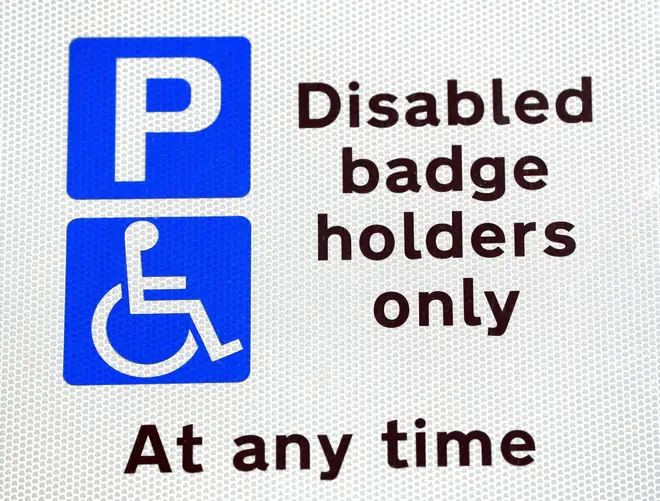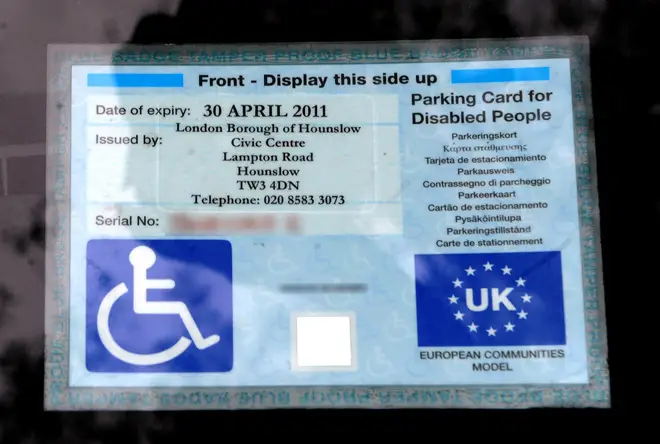
Tom Swarbrick 4pm - 6pm
30 August 2019, 11:36

People with non-visible disabilities, including anxiety disorders, autism, dementia or a brain injury can apply for a Blue Badge for the first time from today.
The Blue Badge scheme means people with physical disabilities can park closer to their destination than other drivers, as they are less able to take public transport or walk longer distances.
In the biggest change to Blue Badges in nearly 50 years, the Department for Transport will expand the eligibility criteria for the badges, which now includes people who cannot walk as part of a journey without considerable psychological distress or the risk of serious harm.
Transport Secretary Grant Shapps said: "We know that for some people, the possibility of not being able to find a parking space can make even leaving the house a challenge, which is why the Blue Badge is so important.
"The scheme, which is already a lifeline for so many disabled people, will make a huge difference to those with non-visible conditions such as autism, dementia, Parkinson’s and arthritis.
"It is my sincere wish that these changes will improve even more people’s lives."

Tim Nicholls, Head of Policy and Public Affairs at the National Autistic Society, said:
"We are delighted to see the new Blue Badge rules come into force. This will be a huge relief for thousands of autistic people and their families in England, many of whom are so anxious about things going wrong that they find it hard to leave the house at all."
The Department for Transport says the change was "an important part of the government’s drive for greater parity between physical and mental health."
New guidance has been issued to councils in England on Blue Badge parking permit eligibility, along with a new online eligibility checker to make the scheme clearer for people before they apply.